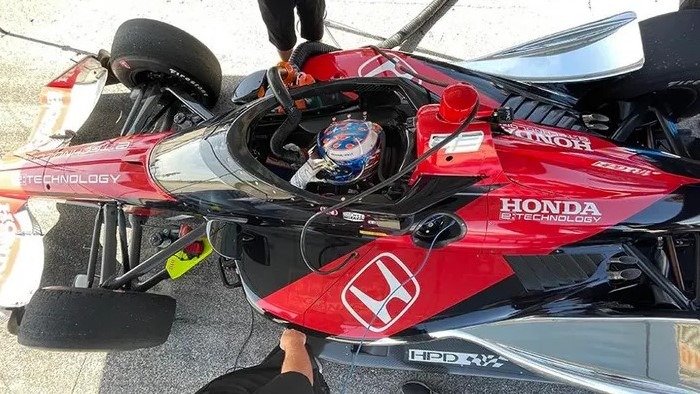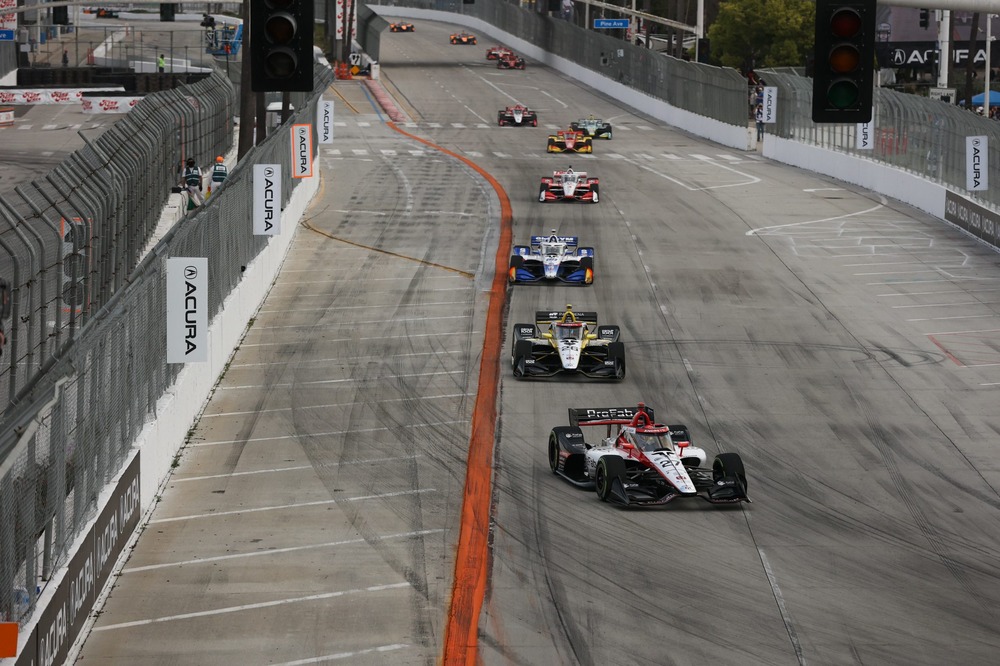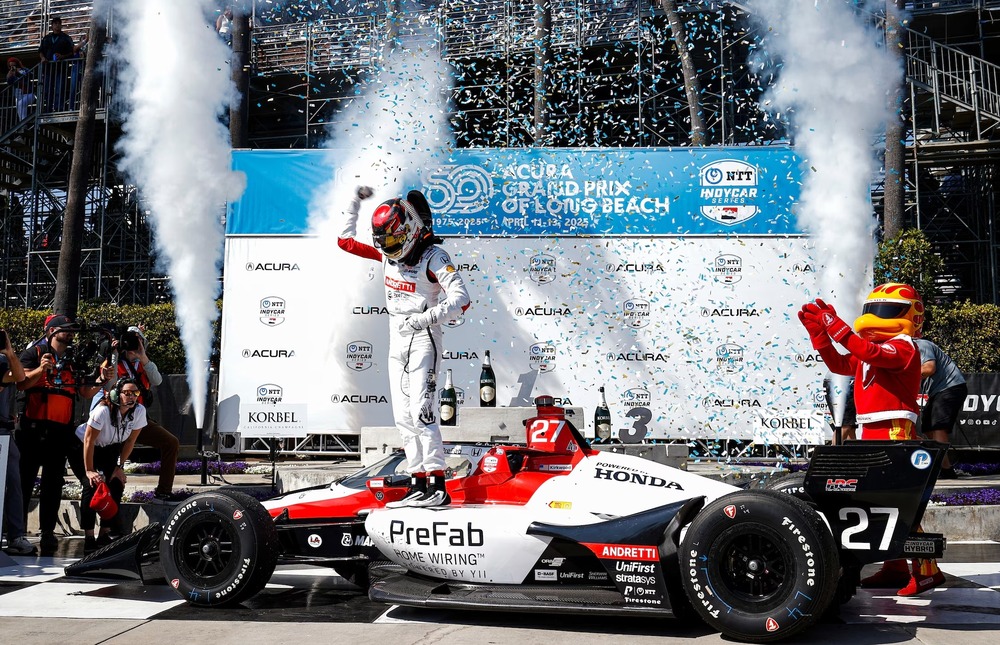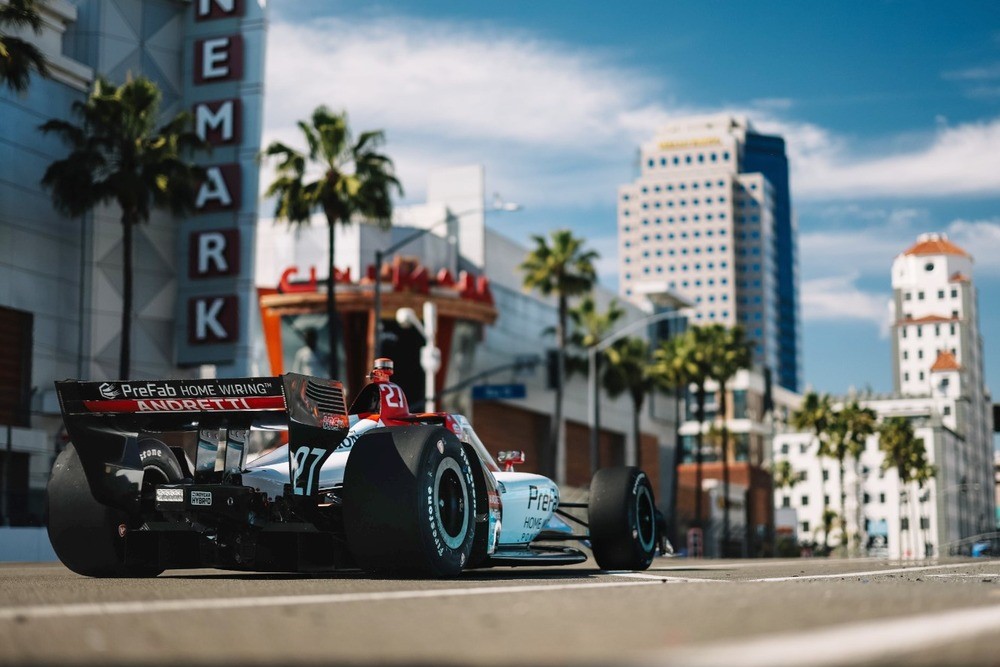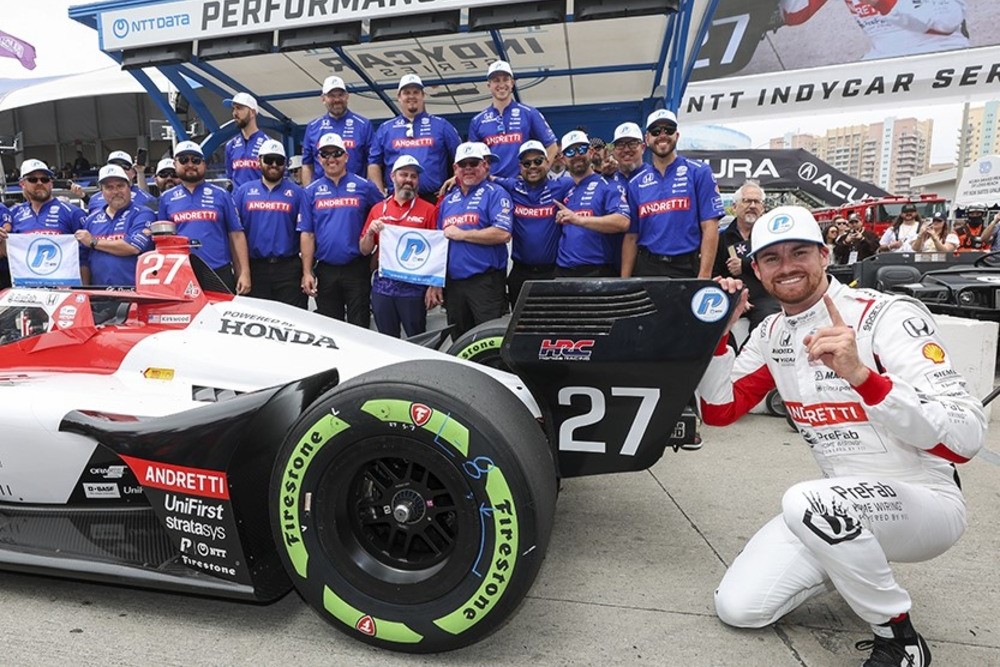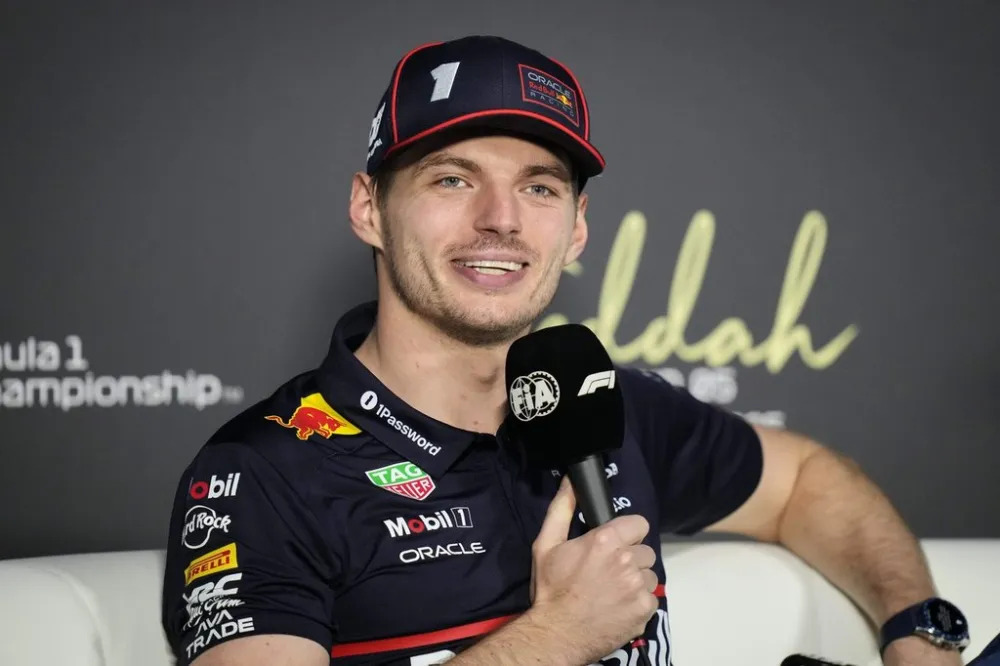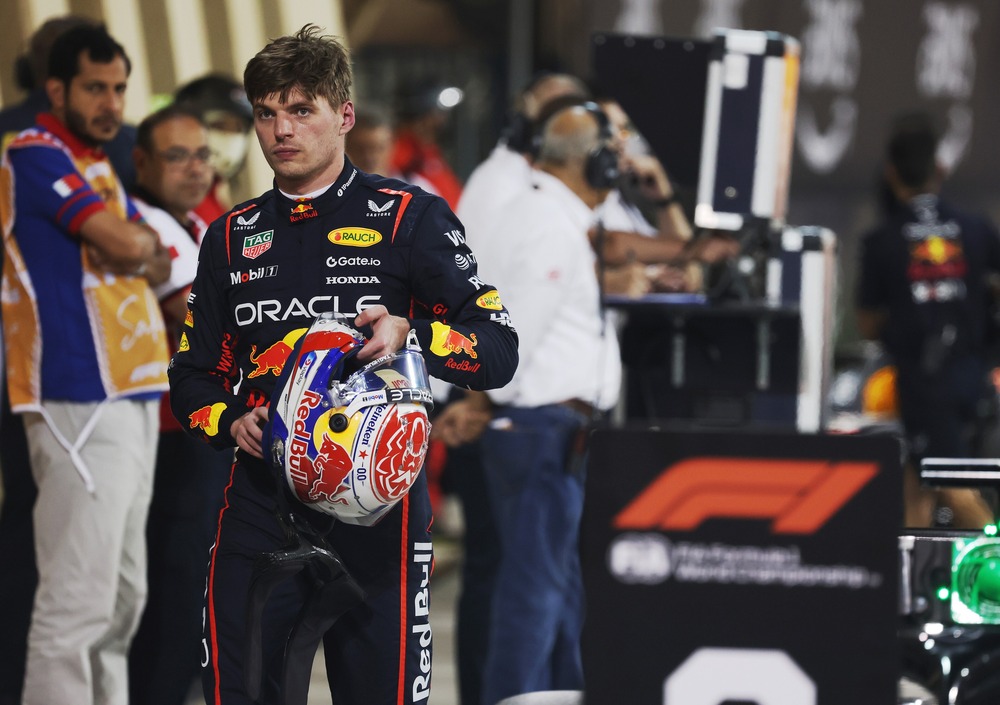Honda is dedicated to the NTT IndyCar Series for the entirety of its current power unit supply agreement, however the Japanese manufacturer believes that rising costs are raising doubts on whether the partnership will last beyond 2026.
Honda is apparently compelled to consider its future in IndyCar beyond the 2026 season, having joined America’s top open-wheel racing series in 1994. The Japanese manufacturer is one of the two existing engine manufacturers in the series as it supplies engines to the teams for the entirety of the racing season alongside Chevrolet.
Honda’s North American division apparently had to acknowledge the NTT IndyCar Series’ return on investment due to escalating costs.
Close sources indicate that Honda Performance Department(HPD) has been in discussions over whether to keep supplying engines for the series after their current contract with the sport expires in 2026.
Through the 17 races in the 2023 IndyCar Championship, Honda supplied more than half of the 27 full-time entries in the open-wheeled series with engines. The iconic Indy 500-mile race also requires roughly 17–18 entries from Honda’s fleet to compete each year, which adds to the OEM’s cost-to-return ratio.
American Honda Motorsports Manager Chuck Schifsky expanded on the same subject.
“We’re looking for a wholesale change to the engine regulations so that we can eliminate fives and tens of millions of dollars of annual technical costs,” Schifsky said. “Because if we don’t, then it’s too much money, and we will go do something else.
“That something else could be NASCAR, or a further investment in our Formula 1 effort or something that isn’t motorsports at all.”
American Honda and HPD launched their first hybrid racing program with the ARX-06 GTP car through their luxury and performance brand Acura in 2023. With its swift and cutting-edge prototypes, the manufacturer’s factory programs in the top WeatherTech SportsCar Championship category in IMSA delivered three victories and left a significant impression.
Schifsky believes that the auto industry’s massive response to a racing series with a higher return on investment has been demonstrated by Acura’s participation in IMSA along with more than a dozen major manufacturers.
“You look at IMSA where they are at 18 or 19 OEMs now, or you look just at GTP and LMDh globally; there are a number of manufacturers there and more are rumored to be getting in because the costs match the value,” he said.
If IndyCar fails to take any new measures to lower the eight-figure annual costs needed to successfully compete as an engine supplier, landing its long-desired third manufacturer would be an ideal substitute.
Immediate savings might be realized by reducing HPD’s motor program from supplying half or more of the IndyCar field to one-third, with Chevy and another brand covering the remaining portion.
Penske Entertainment CEO Mark Miles agreed with Schifsky that a third manufacturer was necessary as he acknowledged Honda’s concerns.
Miles indicates that before the series signs another original equipment manufacturer, it must first begin its new chapter in hybrid racing. It means that IndyCar has a short window of time to find a new OEM before Honda’s supply agreement ends.
“They are a historically committed, long-term partner that we value,” Miles said of Honda. “The one obvious thing, which is not new news, is how impactful it would be if we had the third OEM in terms of reducing the costs for both Honda and Chevy.
“If you have to supply fewer engines and teams, it’s going to cost you less. It’s not a new priority. It’s something which is important that we’re working on, but feel like there’s opportunities there with the hybrid launch.
“Other than that, I think we are constantly working to manage costs. And yet, I think we’re reluctant to do anything that would dumb down the racing.
“So I think that the best positive way forward is to find that third OEM.”
Honda isn’t in a rush to commit to the series, since its contract with IndyCar’s engine suppliers runs through the 2026 season, but the clock is ticking on its future in American open-wheel racing.
“We still have about a year to make a decision on what to do,” Schifsky said. “And it should not be considered by anybody that Honda will automatically stay in just because we’ve been in it for 30 years.
“Of course, it shouldn’t necessarily be assumed that we’re going to get out. We love this series.”
When asked if the series has planned to continue running the best engines in the event that Chevy and/or Honda decide to withdraw from IndyCar, Miles responds that the owners of the series have given the matter some thought.
“You try to think a couple laps ahead on everything, and we’re confident that the sky wouldn’t fall,” he concluded.
“But we also believe that we won’t be faced with that situation.”

